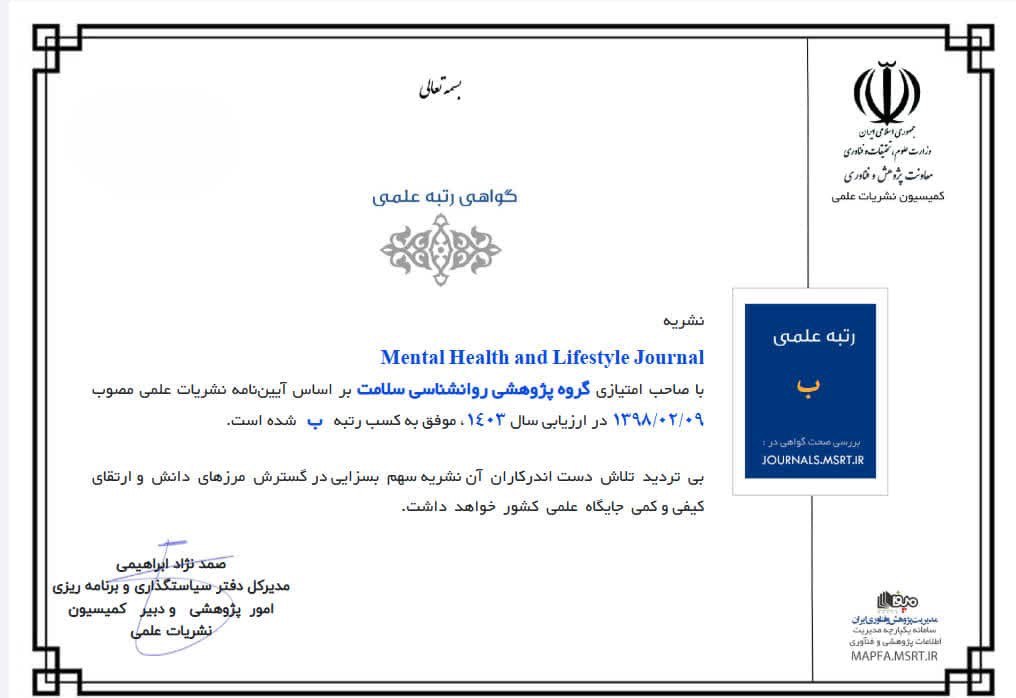Comparison of Electromyographic Activity of Scapular Stabilizer Muscles in Different Arm Movement Planes Between Males With Upper Crossed Syndrome and Healthy Individuals
Keywords:
Upper crossed syndrome, muscular imbalance, arm movements.Abstract
The present study aimed to compare the electromyographic (EMG) activity of scapular stabilizer muscles (upper trapezius, middle trapezius, lower trapezius, and serratus anterior) across different arm movement planes (abduction, flexion, and scaption) in males with upper crossed syndrome and healthy individuals. This causal-comparative (ex post facto) study was conducted on non-athlete male students aged 18 to 28 from the University of Tehran. A total of 22 participants with upper crossed syndrome and 22 healthy individuals (without upper crossed syndrome) were purposefully selected based on the inclusion criteria. Following initial assessments and screening, the electrical activity of the upper, middle, and lower trapezius muscles, as well as the serratus anterior muscle, was measured using an electromyography device during three arm movements: shoulder abduction, arm elevation in the scapular plane (30 degrees anterior to the frontal plane), and shoulder flexion, all performed without resistance and across three phases (concentric, isometric, and eccentric), with each phase lasting 3 seconds. Each participant repeated the movement 5 times, with a 3-second rest interval between repetitions. After assessing normality and homogeneity of variances, data were analyzed using an independent t-test in SPSS version 26. The results of the present study indicated that in the abduction, flexion, and scaption planes, participants with upper crossed syndrome exhibited significantly higher muscle activity in the upper trapezius during concentric, isometric, and eccentric phases compared to healthy participants (p < .05). In contrast, participants with upper crossed syndrome showed significantly lower muscle activity in the middle trapezius, lower trapezius, and serratus anterior muscles across all movement phases (concentric, isometric, and eccentric) compared to the healthy group (p < .05). These findings suggest that individuals with upper crossed syndrome experience altered muscle activation patterns, characterized by overactivity of the upper trapezius and underactivity of the middle trapezius, lower trapezius, and serratus anterior.
Downloads
Downloads
Published
Submitted
Revised
Accepted
Issue
Section
License
Copyright (c) 2025 Bahareh Nazari (Author)

This work is licensed under a Creative Commons Attribution-NonCommercial 4.0 International License.









